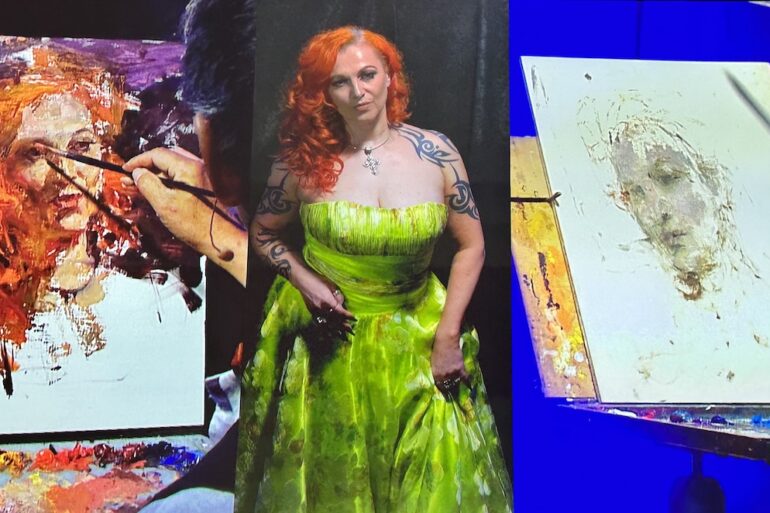
This post is also available in:

It was Dawn Whitelaw, esteemed teacher and artist and Vice Chair of the Executive Board of the Portrait Society of America, who introduced the first faculty member of the day: Kevin Macpherson. Known for the colorful landscape paintings he makes exclusively in plein air, braving the elements of weather, Kevin Macpherson has recently become inspired by portraiture. An ‘inspiration so strong that it made him one of the Signature Members of the Portrait Society of America, which honored him by presenting him with the award, during the gala night.
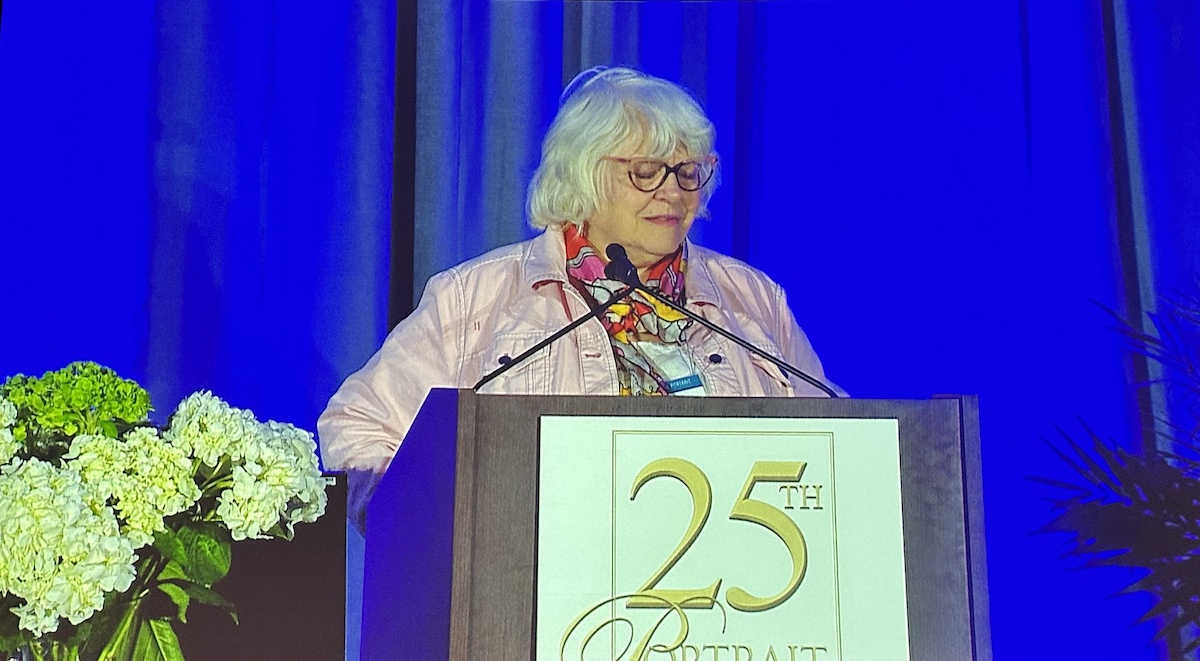
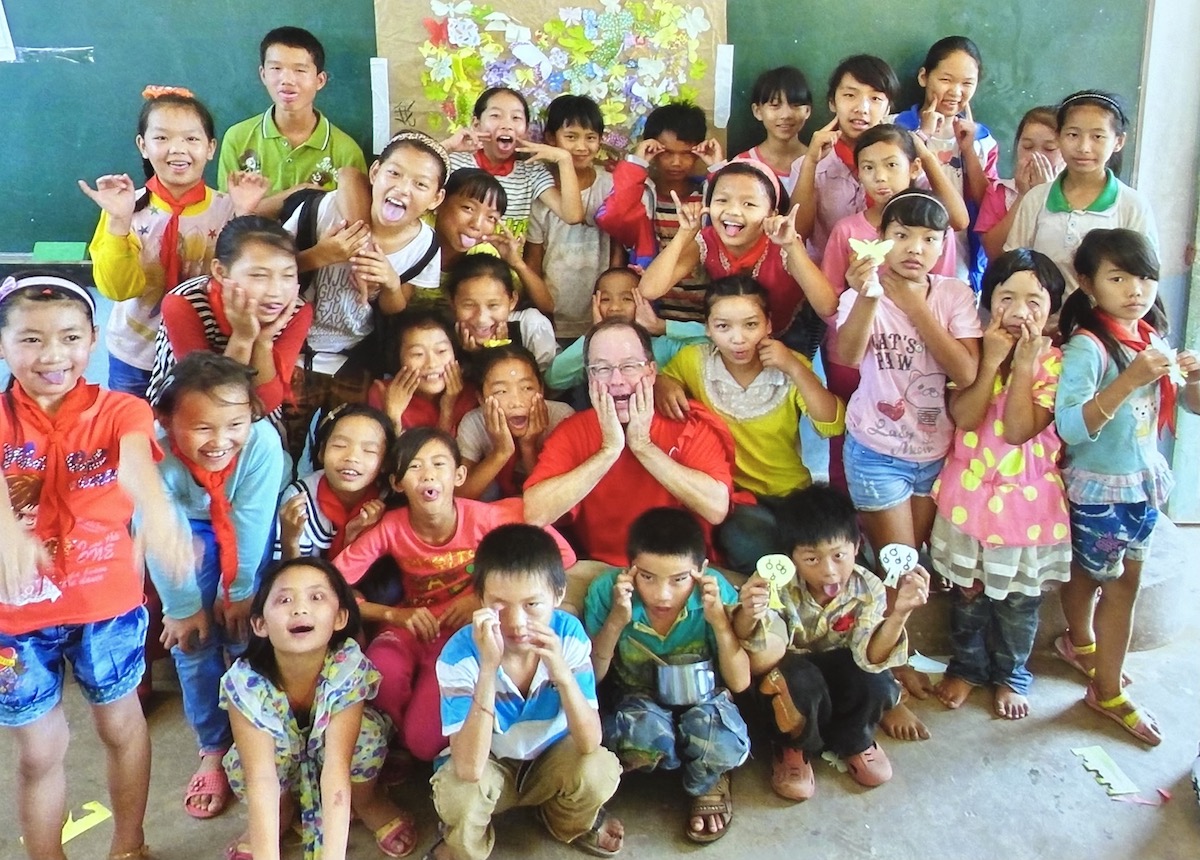
Telling his heart-to-heart in the “About Face” session, Kevin Macpherson recounted how his approach to art, which took place during his school years spent with nuns, was the means by which he overcame the barriers of shyness and visual impairments that for many years bothered him and created him many problems, especially in interacting with people.
Today, however, Macpherson acknowledges that overcoming these peculiarities of his were the turning point that made him able to appreciate every moment of life. A personal success that he wanted to share with the most fragile and underprivileged children living in underprivileged areas such as China and Latin America. Macpherson has elevated art to a “life mission” capable of influencing and engaging other artists participating in his project, titled: “Art Ambassador for a Colorful World.” (You can learn more about her mission by typing on the following link: https://www.artambassador.org ).
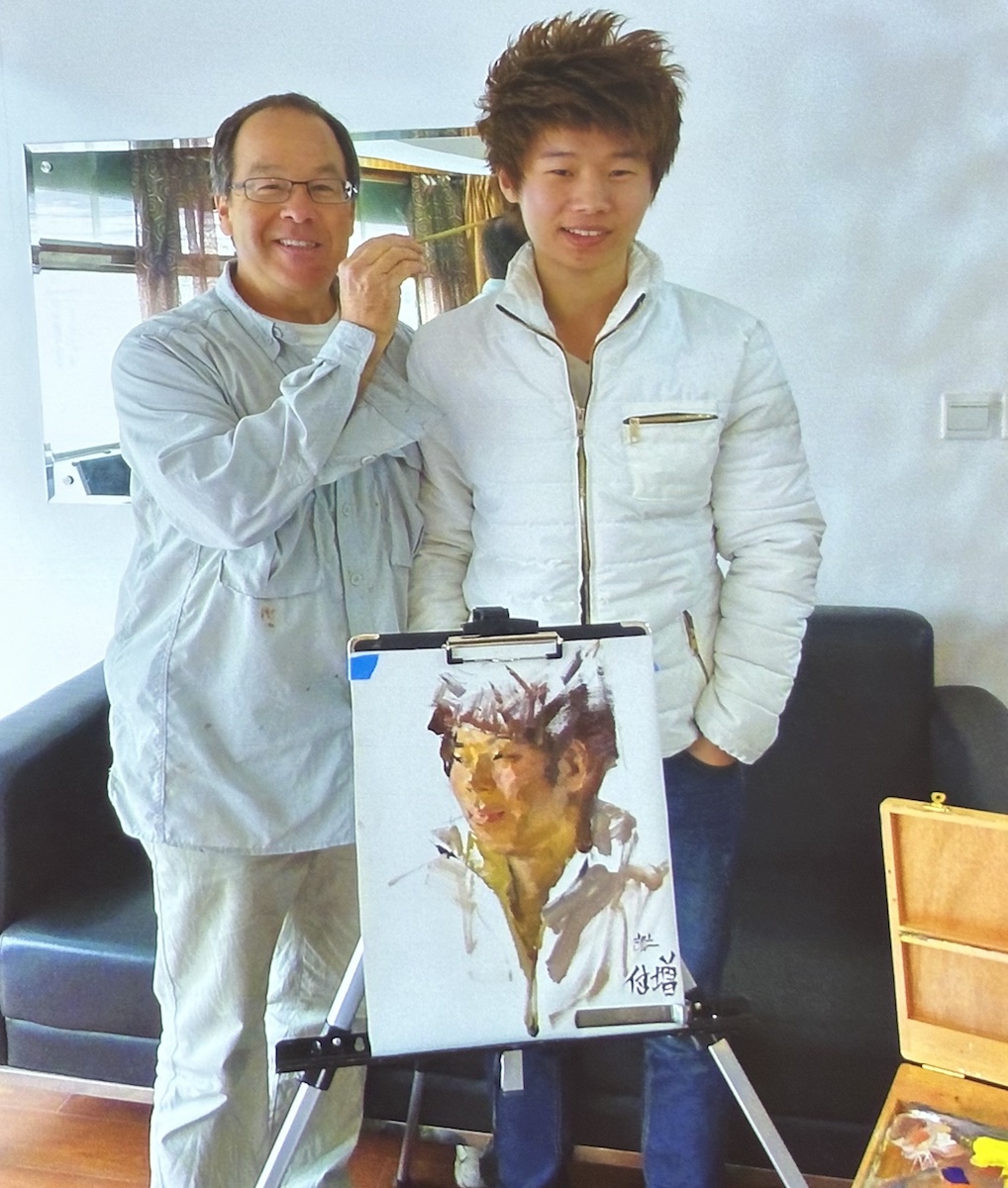
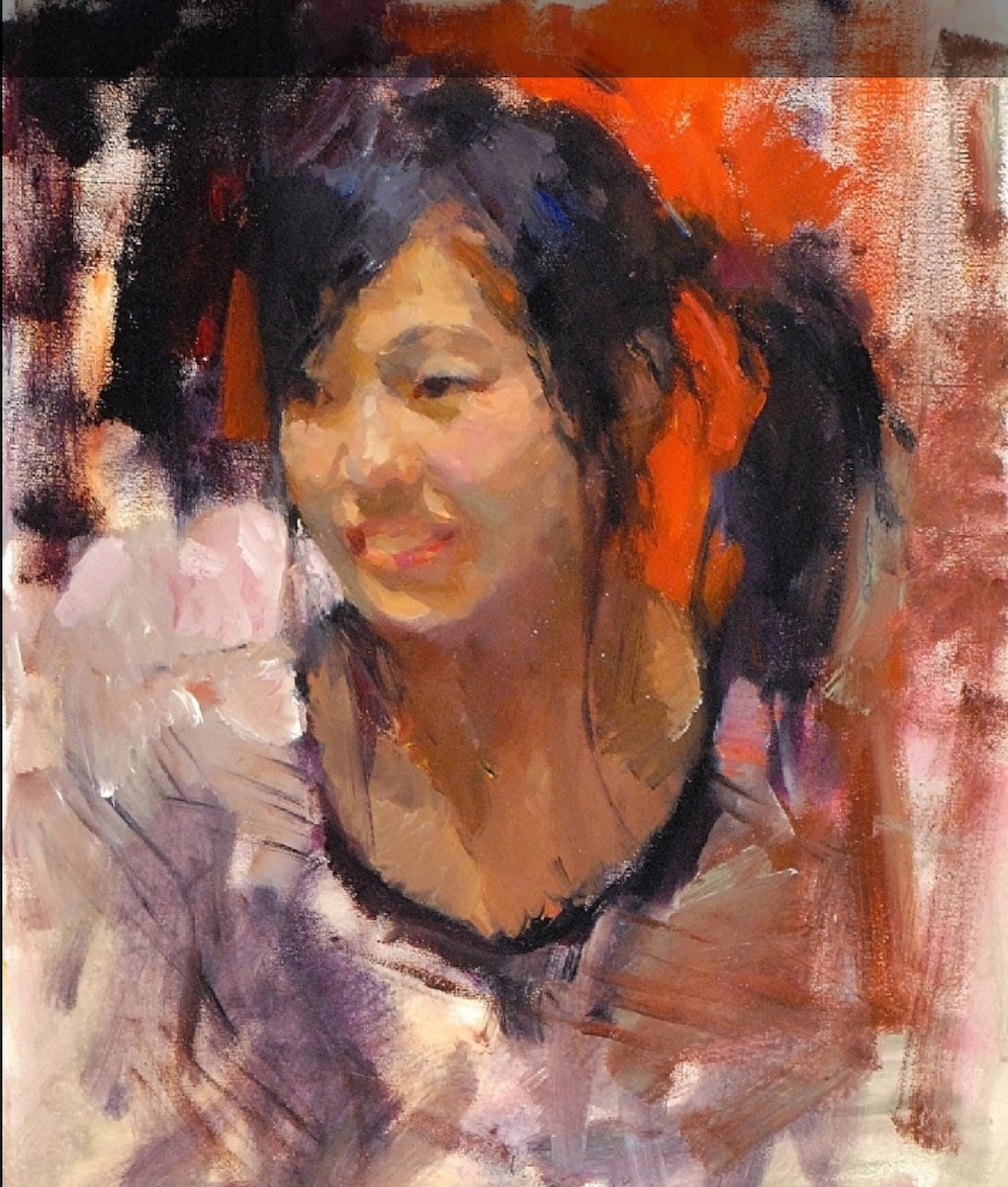
As a passionate traveler who is inspired by the connections made between people, Macpherson maintains that art is a universal language capable of speaking to the world. And it was during his first trip to China -where he knew no one and was not afraid of being judged- that he created his first portrait. “Not being judged allowed me to express myself freely even in portraits,” said the artist, who until then in landscape paintings depicted people from behind to avoid defining facial details. In China he portrayed the many people he encountered in everyday life, such as his barber or the doctor who treated him and whom he later found out was a veterinarian. Telling amusing anecdotes with which he downplayed his vicissitudes, Macpherson, presented his particular approach to portraiture -The Magic Grid-Portrait Structure- which is able to simplify facial structure from abstraction, typical of one of his favorite artists-Piet Mondrian.
Making no gender distinctions regarding art, he finally stated: “Why do we have to choose between landscape art and portraiture ? it would be like having to choose between a cabernet and a prosecco: they are both excellent wines.”
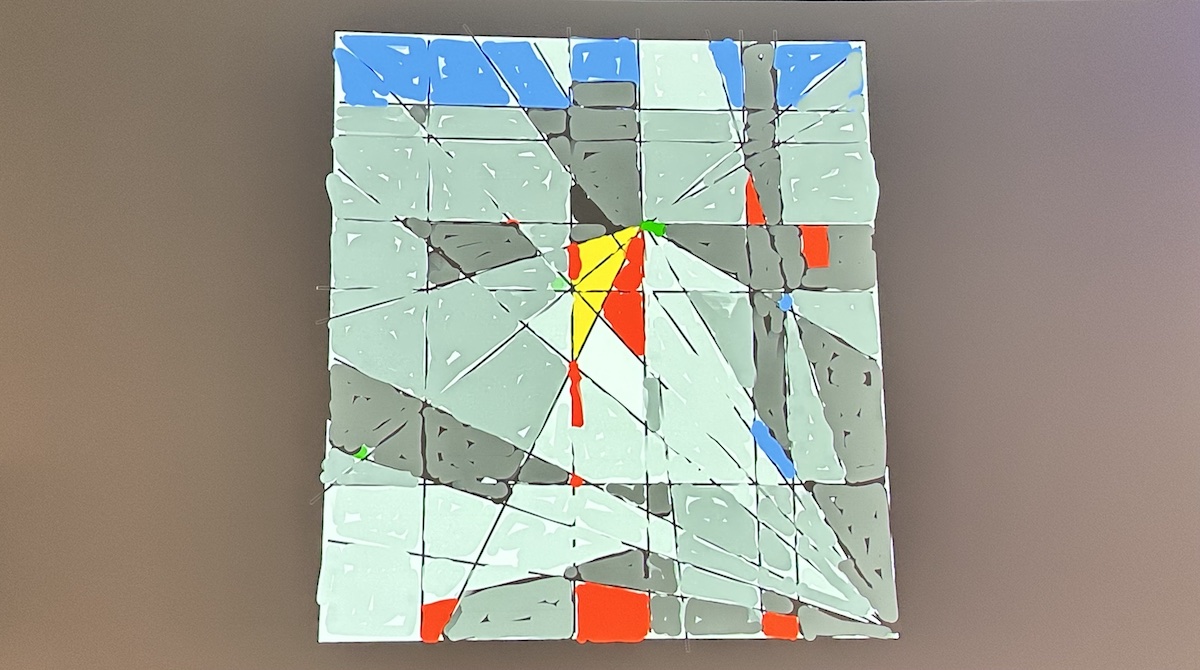
Officially closing the demonstration sessions of the XXV edition of The Art of The Portrait were artist Ron Hicks and Quang-Ho, the latter accompanied as always by his adorable “daddy-boy,” son Liam.
Beyond the technicalities that characterize each individual demonstration session and are amply demonstrated by the different personal approaches, the art sessions featuring Quang-Ho are always imbued with a deep sense of reflection.
A factor not coincidental given the importance that meditation has assumed in Ho’s life and the people around him: Ron Hicks included who grew up following his teachings.
The theme of the session was, not surprisingly, “Thinking Out of The Box.” A way of thinking that should be applied to both art and life in general.
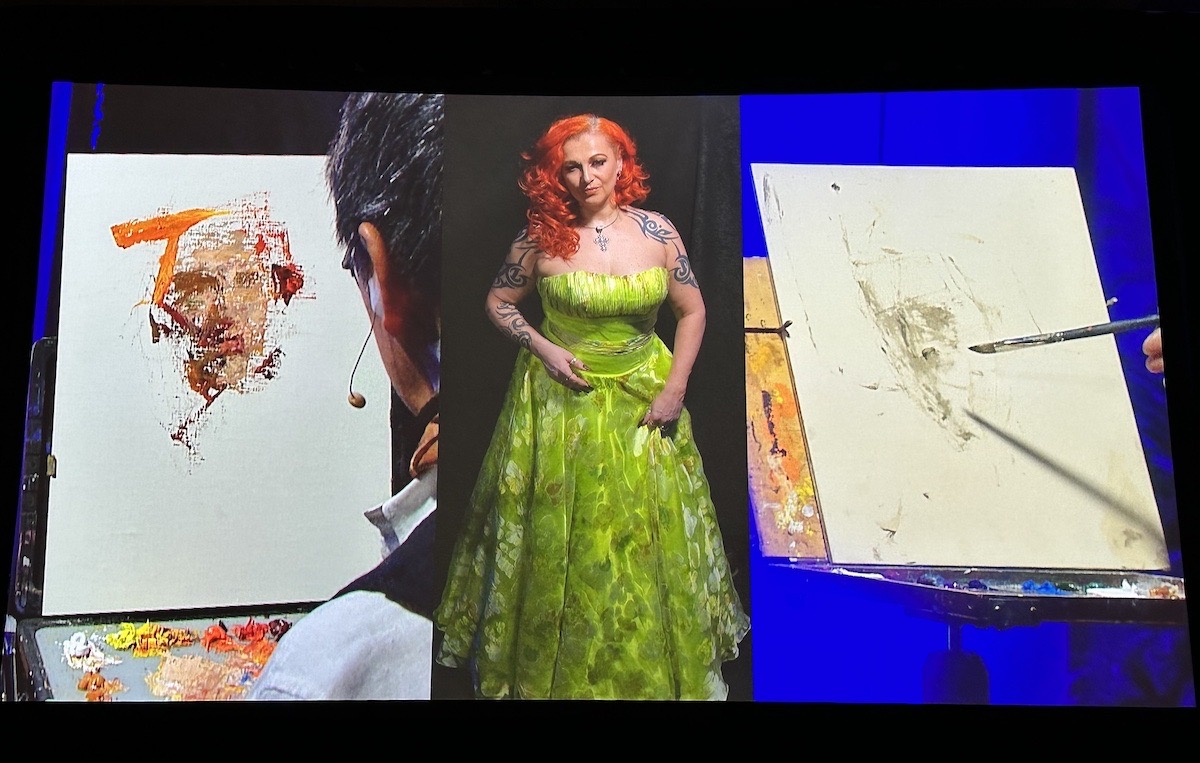
The practical-discursive session developed from the fact that “Thinking Outside the Box” implies the presence of content inside and outside the box. A box that can represent life and the concepts that are imparted since childhood but can take on multiple meanings in the artistic context.
Thinking outside the box may be the way artists approach composition that proceeds from the inside out -without following predetermined patterns- for Qung-Ho, or from mapping key facial points that take shape through their connection -as a conductor does with instruments- for Hicks; it may be, for Quang-Ho, the decision to step out of his own comfort zone to experiment with the use of a palette knife in the drafting of the composition he made with a rich chromatic palette -inspired by his wife Adrienne Stein’s habitual use of it; or it may simply be the continual asking of himself questions that need answers in the immediate for the realization of the compositional process, as is the case for Hicks.
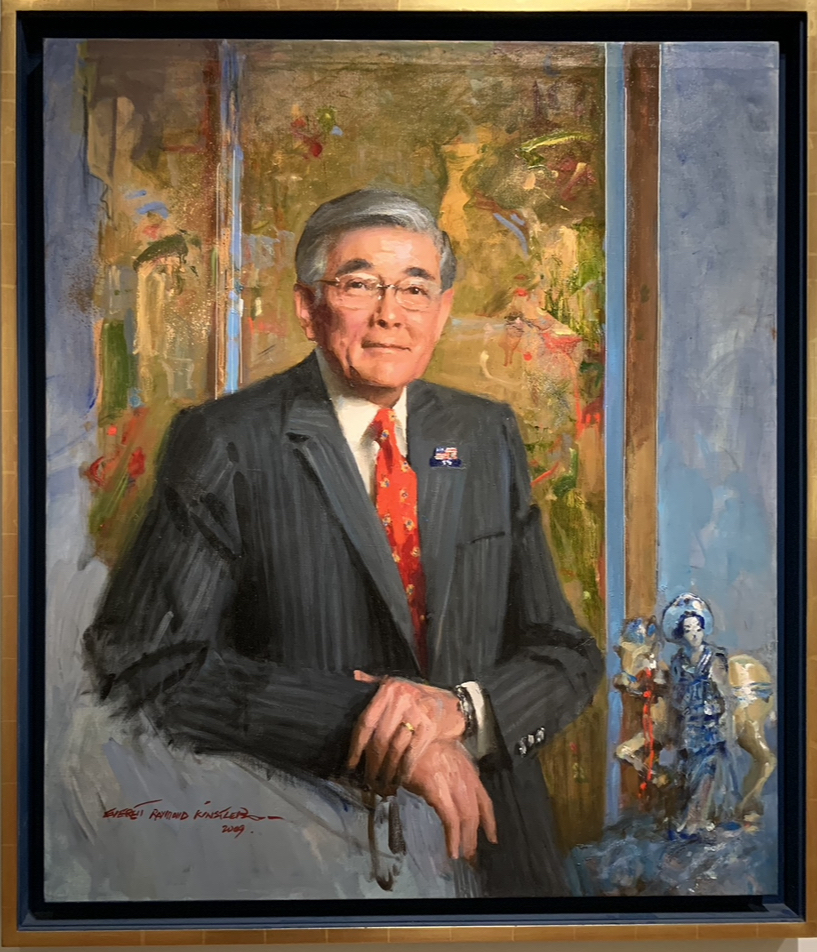
Thinking Outside the Box is an exploration of unknown aspects that can reveal the beauty and intelligence hidden within. What always matters, the two artists agree, is: “Believe your inner voice and decide as you go along -and sometimes unconsciously- what you want to do, experimenting all the time.”
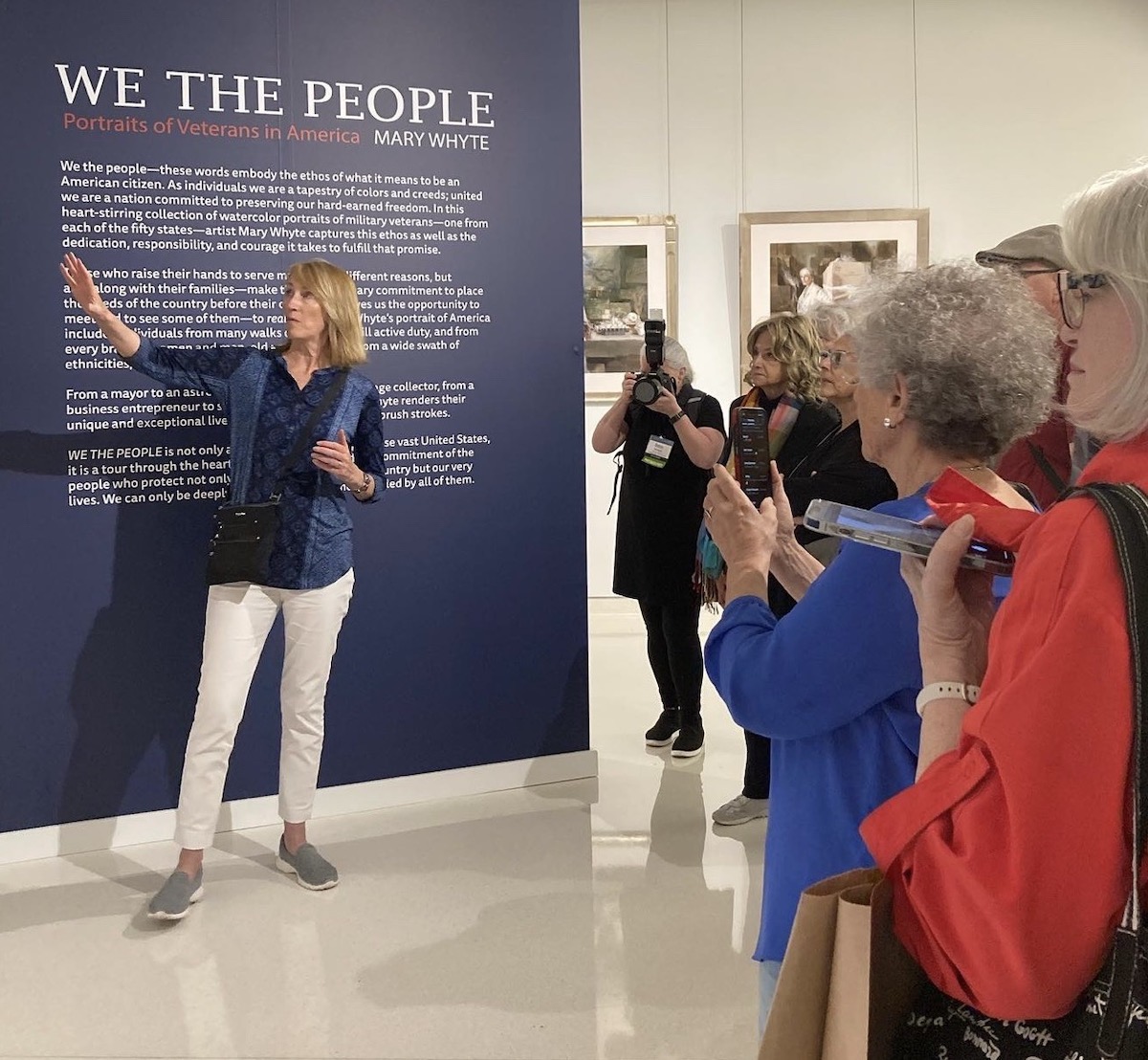
Following the official closing of the event by Michael Shane Neal, Chairman of the Portrait Society of America, participants had the opportunity -taking advantage of the exceptional location- to visit two themed institutions: The National Portrait Gallery- Smithsonian and the National Museum Marine Corps.
Renowned for the presence of portraits of people who have made the history of the United States of America, the National Portrait Gallery-Smithsonian preserves -as well as some of the world’s most important artworks and created by the Old Masters- some of the works executed by members of the Portrait Society of America, among them for example Everett Raymond Kinsler, among the founding fathers of the institution.
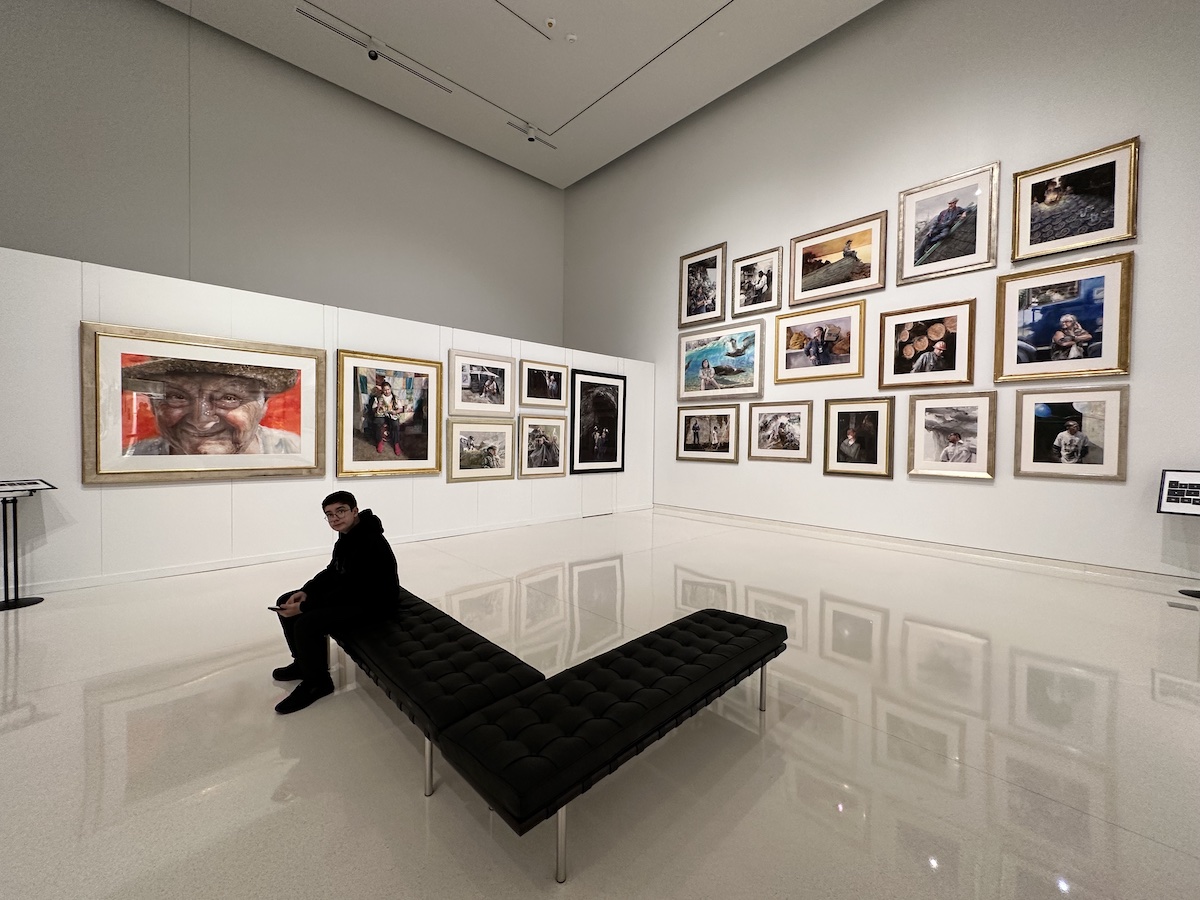
The “Combat Art Gallery” of the National Museum Marine Corps, on the other hand, is showcasing one of the most challenging and important projects undertaken by the extraordinaire watercolorist Mary Whyte, titled, “We The People: Portraits of Veterans in America”: the series of large-scale watercolors with which Whyte portrayed fifty veterans of America -one from each state- of all ages and walks of life.
In the exhibition tour, narrated by the artist herself, Whyte explained the behind-the-scenes of the project with the emotions and stories of the subjects depicted but also the moments of joy and discouragement she experienced firsthand in the seven years it took to create the project.
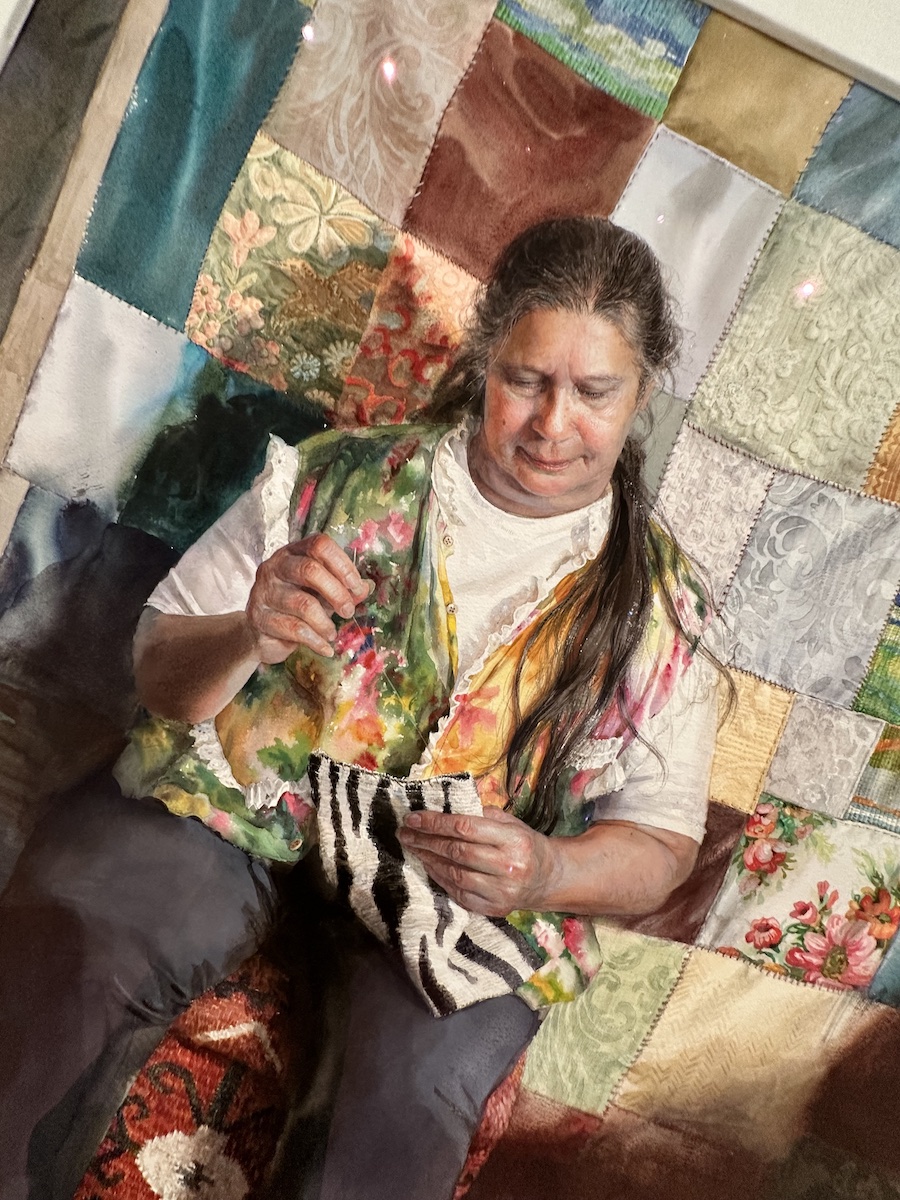
The Art of The Portrait, the annual convention of the Portrait Society of America has closed its doors by announcing the dates for the XXVIth edition of the event to be held in Atlanta, April 25-28, 2024.
(on the title, a frame from the final stage of “Thinking Outside the Box” by Quang-Ho and Ron Hicks.)
